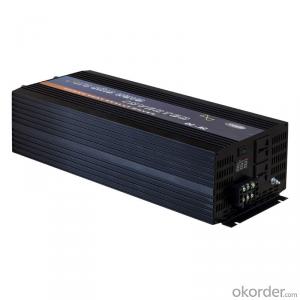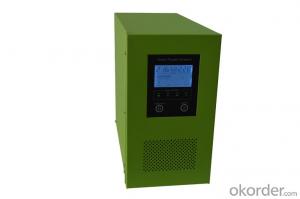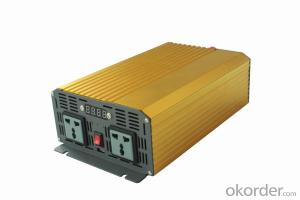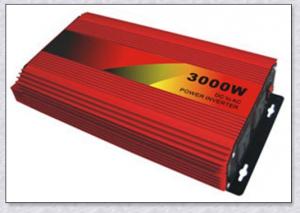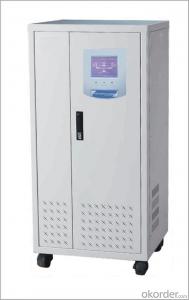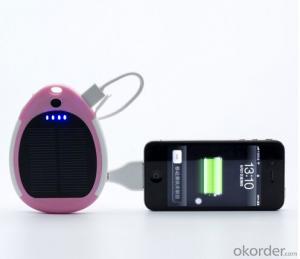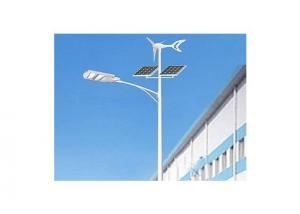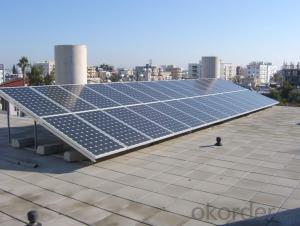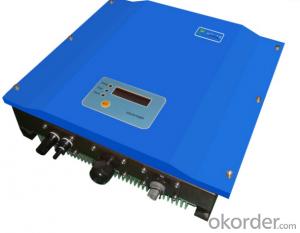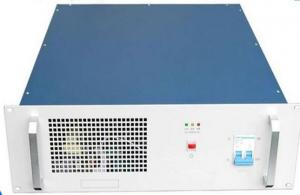3000w Solar Inverter
3000w Solar Inverter Related Searches
3000w Solar Power Inverter 3000w Inverter Solar Solar Inverter 3000w 3000 Watt Solar Inverter Solar Power Inverter 3000w Solar 3000 Watt Inverter 3000 Watt Solar Power Inverter Solar 3000 Watt Power Inverter Solar Hybrid Inverter 3000w Solar Power Inverter 3000 Watt Solar Inverter 3000w Price 3000 Watt Inverter Solar Panel 3500 Watt Solar Inverter 300w Solar Inverter Rich Solar 3000 Watt Inverter Powland 3000w Solar Inverter Solar Inverter 3500 Watt 300kw Solar Inverter 3kw Solar Inverter Solar Inverter 300w 3kw Inverter Solar 3 Kilowatt Solar Inverter Solar Inverter 3 Kw 300 Watt Solar Inverter 4000w Solar Inverter 300 Watt Solar Power Inverter 3k Solar Inverter 2000w Solar Inverter 4000w Solar Power Inverter 3.2 Kw Solar Inverter3000w Solar Inverter Supplier & Manufacturer from China
The 3000w Solar Inverter is a high-performance product designed to convert solar energy into usable electricity for various applications. This inverter is equipped with advanced features such as maximum power point tracking (MPPT), ensuring optimal energy conversion efficiency. It is also designed to handle fluctuations in solar energy input, providing a stable power output. The 3000w Solar Inverter is suitable for a wide range of applications, including residential, commercial, and off-grid power systems. It can be used to power homes, businesses, and even remote locations where traditional power sources are not available. This versatile inverter is an essential component for those looking to harness the power of the sun and reduce their reliance on fossil fuels.The 3000w Solar Inverter is widely used in various scenarios, such as powering homes with solar panel systems, providing backup power for businesses, and supporting off-grid living. It is an ideal choice for those who want to maximize their solar energy generation and ensure a reliable power supply. This inverter is also compatible with a range of solar panel configurations, making it a flexible option for different solar power setups. By using the 3000w Solar Inverter, users can enjoy the benefits of clean, renewable energy while reducing their carbon footprint and energy costs.
Okorder.com is a leading wholesale supplier of the 3000w Solar Inverter, offering a large inventory of this high-quality product. As a reputable source for solar power equipment, Okorder.com ensures that customers receive reliable and efficient inverters at competitive prices. With their extensive inventory, customers can easily find the 3000w Solar Inverter that meets their specific needs and requirements. By partnering with Okorder.com, customers can trust that they are getting a top-quality product that will help them harness the power of the sun and achieve their renewable energy goals.
Hot Products




